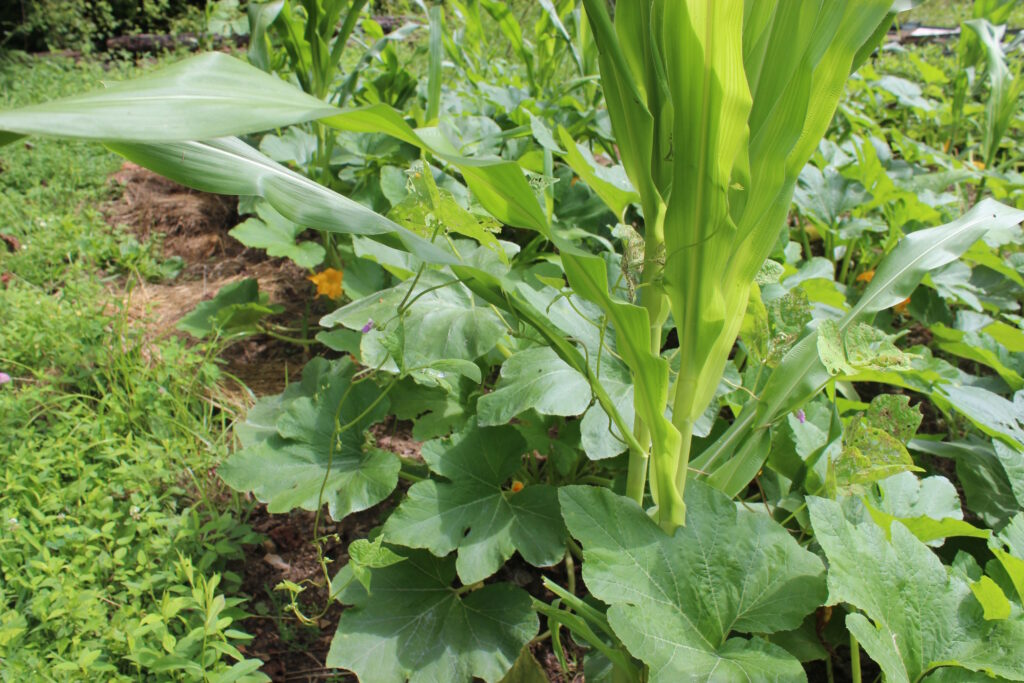Monoculture and biodiversity represent two different approaches to agriculture and forestry.
- Monoculture refers to the practice of cultivating a single species of plant or tree in an area. For example, farmers may plant only one crop, such as corn or wheat. Similarly, foresters may plant a single type of tree, such as pine or eucalyptus.
- Biodiversity involves cultivating and maintaining a variety of plant or trees species within an area. Think of a backyard vegetable garden with tomatoes, lettuce, and cucumbers, or consider the different types of trees you might see when you walk in the woods or a park.
As this article from Go Natural Education explains, monoculture and biodiversity each have their advantages and disadvantages.
Monoculture Advantages
Monoculture promotes efficiency in planting, harvesting, and managing crops or trees. That’s because everything under cultivation requires similar care, from fertilizing and watering to pest control and disease prevention. Plus, when farmers or foresters optimize conditions for a single species under cultivation, yields improve for that species.
Monoculture Disadvantages
With monoculture, pests and diseases that affect one plant or tree can spread to neighboring plants and trees and hurt the entire population or require the use of herbicides and pesticides. Continuous cultivation of the same species can also deplete specific nutrients in the soil, leading to soil degradation and reduced fertility. Farmers and foresters may then apply more chemical fertilizers, which leads to the pollution of soil and waterways and habitat loss for animals.
Biodiversity Advantages
Biodiversity promotes resilience because diverse ecosystems are better able to withstand pests, diseases, and environmental changes. If one type of plant or tree is harmed, others may still thrive. Biodiversity can also promote pollination and soil fertility. Think of a vegetable garden that includes sunflowers or is covered with winter rye when the soil lies fallow. The fact that different plant species have different root structures and nutrient requirements also helps to reduce soil degradation.
Biodiversity Disadvantages
Despite these advantages, biodiverse ecosystems require greater knowledge and effort. In some cases, diverse plantings may have lower initial yields than monocultures that are optimized for a single type of crop or tree. In both farming and forestry, there are also market pressures to consider. For example, farmers may fetch higher prices for corn than for cauliflower. Similarly, paper and packaging producers prize tall, straight pines over knotty acacia trees.
What’s the Best Approach?
Monoculture combines short-term efficiency with higher yields, but sometimes at the expense of long-term environmental degradation and increased vulnerability to pests and diseases. Biodiversity fosters healthy and resilient ecosystems but can require greater management while facing market challenges. For the sake of food security, environmental sustainability, and humanity’s resilience, it’s essential to strike the right balance.

